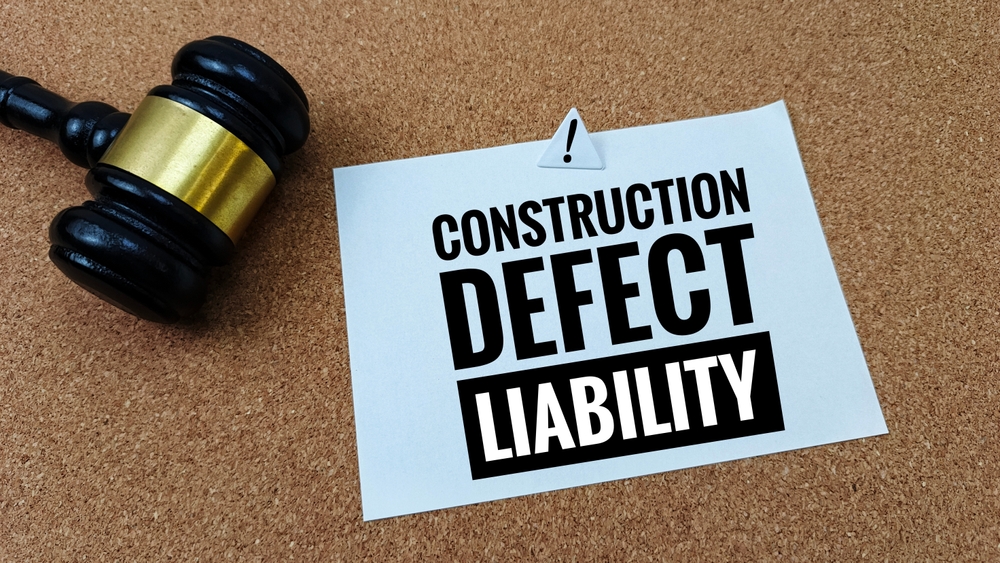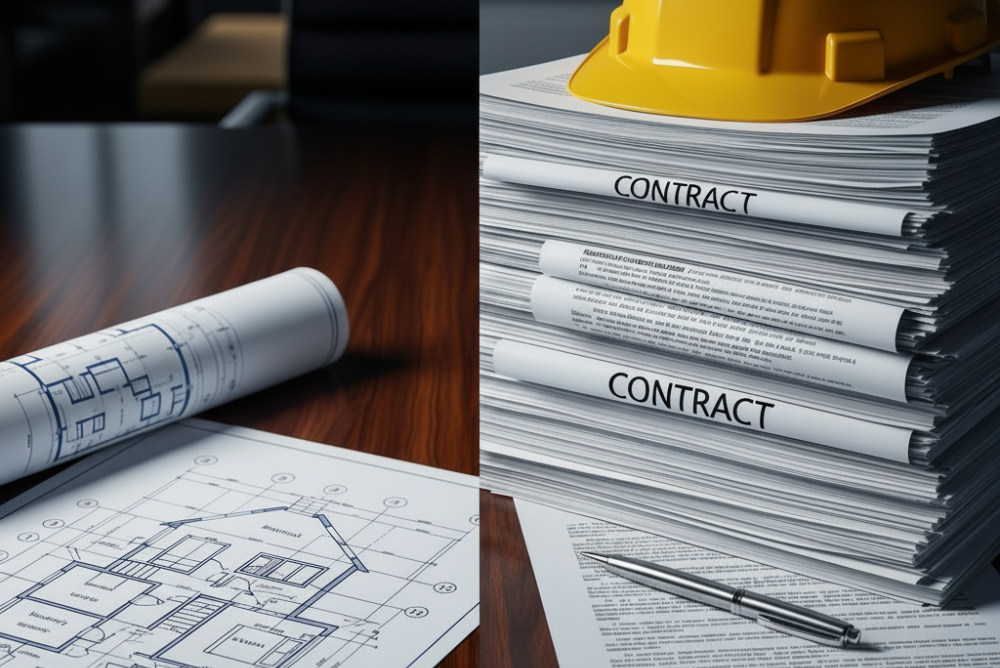

A construction defect claim can be one of the most stressful and costly challenges a contractor can face. It threatens not only your project’s profitability but also your company’s reputation. Protecting your business starts long before any notice arrives. It begins with clear communication, meticulous documentation, and proactive problem-solving.
This guide will walk you through practical steps to safeguard your business from construction defect claims. We will cover the critical importance of defining your scope of work, how to handle initial complaints, and what to do if you receive a formal legal demand. By understanding these key areas, you can build a strong defense and minimize your risk.
Your first line of defense against any claim is a crystal-clear understanding of what you were hired to do. Ambiguity in the scope of work is a common source of disputes. The requirements for documenting this scope differ slightly between residential and commercial projects.
In residential construction, projects often evolve through conversations with homeowners. While this can foster a good working relationship, verbal agreements are easily misremembered or disputed. A well-defined, written scope of work is essential.
Your contract should explicitly detail every aspect of the project. This includes materials to be used, specific tasks to be performed, timelines, and payment schedules. Leaving no room for interpretation helps manage homeowner expectations and provides a clear reference point if a disagreement arises.
If the homeowner requests a change, document it with a formal change order that they sign before you proceed. Professional construction contract review services can help ensure your scope of work is clearly defined and legally sound.
Commercial projects are typically governed by a complex set of documents. Protecting your business means diving deep into these materials before work ever begins. Your team must thoroughly understand the plans, project manual, specifications, and any other documents that relate to your specific scope.
This detailed review allows you to identify potential conflicts, ambiguities, or errors in the plans. Submitting Requests for Information (RFIs) to clarify these points before construction starts is crucial. This not only ensures you perform the work correctly but also creates a paper trail demonstrating your diligence.
Most defect claims don’t start with a lawyer’s letter. They begin with a simple email, a text message, or a phone call from a client about an issue. How you handle this initial contact can determine whether it becomes a minor fix or a major lawsuit.
When you receive a notice—no matter how informal—your first step is to respond in writing. If the client calls you, follow up with an email summarizing the conversation and your proposed next steps. A written response creates a record and shows you are taking the concern seriously.
If disputes escalate, experienced construction contract disputes attorneys can help you navigate complex negotiations and protect your business interests.
In your response, address the client’s points directly.
From the first day on the job until the project is complete, keep meticulous records. This includes:
This documentation can be invaluable. If a claim arises months or even years later, your records will provide a detailed, time-stamped history of the project, which is far more reliable than memory.
Receiving a formal demand letter from an attorney can be intimidating, but you must not ignore it. The legal system moves slowly when you are actively involved, but it can move very quickly against you if you fail to respond. A default judgment can be entered against your company simply because you did not show up.
Your first instinct might be to call the client or the attorney to resolve the issue. Resist this urge. Once lawyers are involved, all communication should go through your own legal counsel. Anything you say can be used against you.
Immediately begin creating a detailed timeline of the project. Start from the initial bid and move chronologically through every major event. Include contract signings, start dates, key milestones, change orders, client communications, and the date you received the notice of defect.
Gather all the documentation you have been keeping. This includes your contract, plans, daily logs, photos, emails, and any other relevant paperwork. Organize these documents to align with your timeline. This preparation will save you and your attorney significant time and money.
Take your timeline and organized documents to an attorney who specializes in construction law. This is not the time for a general practice lawyer. A construction attorney understands the specific laws, regulations, and contractual nuances of your industry.
Our construction law attorneys have extensive experience defending contractors against defect claims and can provide strategic guidance through every stage of the process.
Your attorney will review the claim and your documentation to help you craft a detailed, formal response. They will handle all communication with the opposing counsel and guide you through the legal process, whether it leads to a settlement, mediation, or litigation.
Protecting your business from construction defect claims is an ongoing process, not a one-time task. It is woven into the fabric of how you manage your projects, communicate with clients, and maintain your records.
By defining a clear scope of work, you set proper expectations from the start. By responding to initial complaints quickly and professionally, you can often resolve issues before they escalate. And by being prepared for a formal demand, you position your business to defend itself effectively. Do not let a defect claim catch you off guard. Implement these strategies today to build a more resilient and secure business for tomorrow.
Karalynn Cromeens is the Owner and Managing Partner of The Cromeens Law Firm, PLLC, with over 17 years of experience in construction, real estate, and business law. A published author and passionate advocate for contractors, she has dedicated her career to protecting the businesses her clients have built. Karalynn is on a mission to educate subcontractors on their legal rights, which inspired her books Quit Getting Screwed and Quit Getting Stiffed, as well as her podcast and The Subcontractor Institute.

